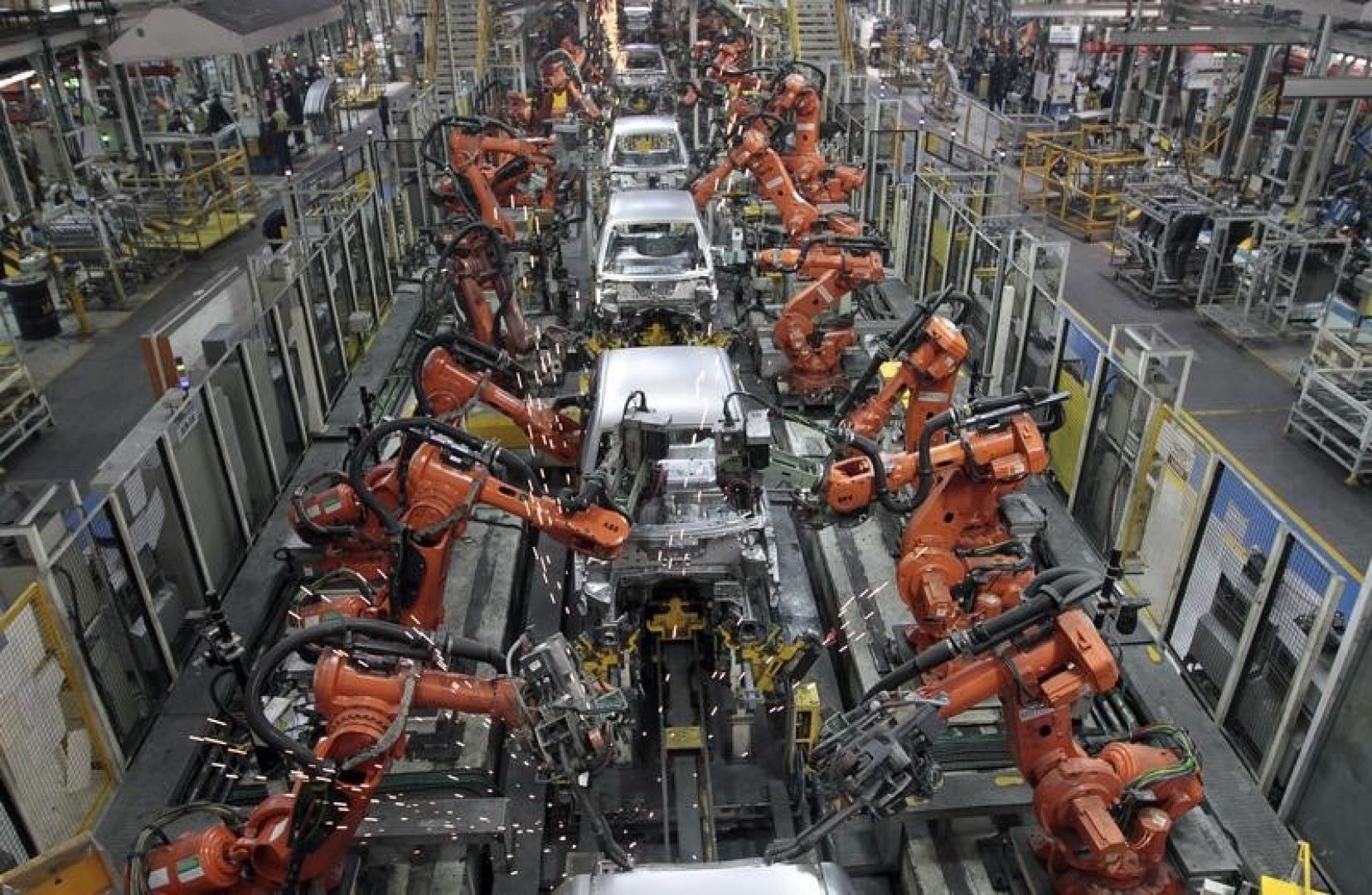The Asian Development Bank estimates the overall GDP growth of Asian countries for 2015 will be around 6%, making it once again the fastest-growing continent in the world, said its chief economist late Saturday.
"The economic growth speed of Asian countries varies like flavors of rice dumplings vary," said Wei Shangjin, in a metaphorical reference to the traditional food of the Dragon Boat Festival, which was celebrated on Saturday, June 20, Xinhua reported.
The growth speed in the northeast and mid-west of the continent is dropping, but the southwest is seeing better growth prospects, he said at the China Wealth Forum in Qingdao, Shandong Province.
"China is one of the most important countries in northeast Asia and the decline in Chinese economic growth is a major contributor to regional performance," he said.
Wei attributed the slowdown in China to demographic structural changes, rising labor costs and the impact of international economic cycles. Mongolia is also seeing downward growth trend, he added.
Dragged by a housing slowdown, softening domestic demand and unsteady exports, China's economy in 2014 grew 7.4%, its weakest annual expansion in 24 years. GDP growth in the first quarter of the year eased to 7%.
Singapore is a very good example of upward growth in southwestern Asia, according to Wei.
The Asian Development Bank estimates India's growth speed at 7.8%. "India's economic reform is heading in the right direction. It will do better next year, reaching 8% growth, and if nothing big comes up, it will maintain 8% growth or better in the future," Wei said.
Slower Growth in 2nd Half
With the US Federal Reserve likely to hike rates later this year and domestic demand in most parts of Asia being weak, analysts forecast that Asian economies are unlikely to generate strong growth in the second half (H2) of 2015.
The strong economic data reported recently in the US has raised expectation that easy money support is coming to an end.
The asset markets in many parts of Asia are now experiencing growing uneasiness fuelled by fears of disorderly developments related to factors such as US Federal Reserve policy change.
Despite abundant liquidity and low cost of financing, regional consumption and investment momentum remain weak to date. Some economic weakness is understandable due to the sharp drop in commodity prices, but most Asian economies which rely on electronics, autos, and other exports, are also facing chronically weak demand.
Export Weakness
According to Deutsche Bank Research, even if the US and European Union demand was to improve in the second half of the year, the impact on regional exports may be modest. The German bank believed that the export weakness may be due to the lack of pricing power among Asian exporters as seen in weak inflation.
Indeed, the latest modest Purchasing Managers’ Index (PMI) readings in the region showed that purchasing managers are skeptical about the outlook amid disappointment with trade.
Debt Burdens
As HSBC Global Research has explained, growth across emerging Asia since the global financial crisis in 2008 has in large part been driven by an increase in debt.
HSBC pointed out high debt burdens posed three problems for Asian economies. First, debt-to-GDP ratios cannot rise forever. Second, when interest rates increase, growth and financial stability could take a knock. Third, and most important, the credit intensity of GDP growth continues to rise in Asia, which means that in order to maintain even the disappointing growth rates of the past couple of years, credit would have to expand even faster than before.
Now with debt growth slowing, the rising credit intensity means GDP growth in Asia is coming under even greater pressure as lending decelerates. HSBC thus urged Asian economies to implement structural reforms to boost productivity growth and reduce their dependence on debts.
If the Asian emerging economies fail to carry out reforms, debt will continue to become ever more important to support demand, and this is obviously not a sustainable proposition to improve economic growth in the future.


